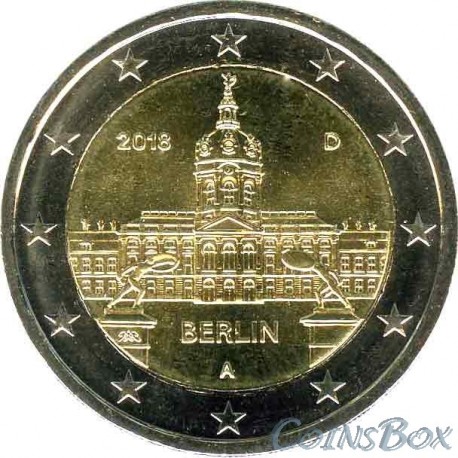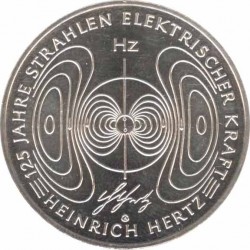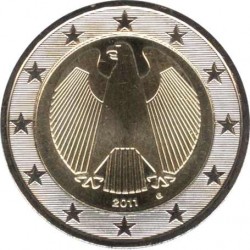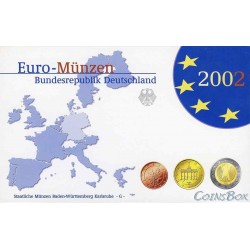No products
Product successfully added to your shopping cart
There are 0 items in your cart. There is 1 item in your cart.
Germany
- Sets of coins
-
Coins
- Coins Russia and CIS
-
Europe
- EURO
- Austria
- England
- Belgium
- Germany
- Italy
- Spain
- Latvia
- Lithuania
- Estonia
- Luxembourg
- Portugal
- France
- Finland
- Cyprus
- Andorra
- Greece
- Netherlands
- Slovakia
- Slovenia
- Ukraine
- Belarus
- Sweden
- Poland
- Norway
- Denmark
- Ireland
- Iceland
- Switzerland
- Monaco
- Liechtenstein
- Bulgaria
- Hungary
- Moldova
- Romania
- Czech
- Vatican
- Albania
- Bosnia and Herzegovina
- Macedonia
- Malta
- San Marino
- Serbia
- Croatia
- Montenegro
- Turkey
- Kazakhstan
- Transnistria
- Scotland
- Gibraltar
- North America
- South America
- Australia and South Pacific
- Africa
- Asia
- Tokens
- Silver
- Accessories
- Sochi 2014
- Banknotes
- Sale
- Marriages and species
- Sundry
Top sellers
-

-

-

Official set of series Russian Federation. Issue 11
Official set of series "Russian Federation". Issue 11
4 650 руб -

100 RUB Sochi 2014
680 руб -

-

-

10 kopeck 2015 MMD
7 руб -

-

1 Dollar First Patent 2018
250 руб -

Official set of series Russian Federation. Issue 12
Official set of series "Russian Federation". Issue 11
5 350 руб
No supplier
Viewed products
Germany 2 euro 2018 Berlin
Data sheet
| Depth | 2,2 |
| Weight | 8,5 |
| Diameter (mm) | 25,75 |
| Mintage | 30000 |
| Material | bimetal |
| Country | Germany |
| Release date | 2018 |
| Quality | UNC |
More info
Germany 2 euros 2018 Federal states of Germany - Berlin, Charlottenburg Palace UNC from the roll.
The Charlottenburg Palace. 13th coin series.
Reverse: The map of Europe is located on the right side. The background of the map shows six vertical lines. At the ends of these lines there are 12 stars. To the left of the card there is a numerical denomination. On the map itself is a horizontal inscription "EURO".
Obverse: In the center is Charlottenburg Palace, on the left is the year of issue of "2018", on the right is the sign of one of the mints of Germany (A, D, F, G or J). Below, "BERLIN" and "D" signify the issuing state (Germany). On the outer ring 12 stars of the European Union.
Release date: January 30, 2018.
Berlin - the capital and the largest city in Germany, the second most populous (after London) and the fifth largest city in the European Union.
It is one of 16 lands in the FRG. The city is located on the banks of the rivers Spree, in connection with which Berlin is called "Athens on the Spree," and Havel in the center of the federal state of Brandenburg, of which he has not been a member since 1920.
About 1200 on the site of modern Berlin were two trading settlements - Cologne and Berlin. The exact date they receive their city rights is unknown. Cologne's municipal rights were first mentioned in 1237, Berlin's municipal rights in 1244. In 1307 the cities united and formed a common city government. In 1400 the population of the united Berlin was 8000 people. The historical name "Cologne" is reflected in the name of the Berlin Neukölln district.
Berlin was the capital of the Margrave / Electorate of Brandenburg (from 1417), Prussia (after the integration of the Electorate of Brandenburg with the Duchy of Prussia) and after the creation of the German Empire became its capital.
After the Second World War, in accordance with the decisions of the Yalta Conference, Berlin, although it was on the territory of the Soviet zone of occupation of Germany, was divided by the four victorious powers into the occupation sectors. Later, three sectors of the occupation of the Allies were transformed into West Berlin, which received the status of a special state formation, but certainly closely associated with the Federal Republic of Germany. The movement between the sectors of Berlin remained relatively free for a long time, and in order to prevent the outflow of population to the western sectors, the government of the GDR decided to erect the Berlin Wall, which had surrounded West Berlin since August 13, 1961. The Berlin Wall, which became one of the main symbols of the Cold War, lasted until 1989. After the unification of Germany in 1990, its capital was reunited Berlin. In 1994, the administration of the President moved there from Bonn and in 1999 - the Bundestag and the Federal Chancellery, together with the federal ministries.
Today, Berlin is a world cultural center. It is a major European transport hub and one of the most visited cities on the continent. Universities, research institutes and museums of Berlin are known all over the world. In the city live and work artists, diplomats and immigrants from all over the world.
The city has preserved certain features of medieval buildings. In the 18-19 centuries. square areas (for example, the Gendarmenmarkt), wide streets (Unter den Linden), parade ensembles and baroque buildings were created. The euphoria of construction and growth began at the very beginning of the 20th century. The exhibition, entitled "General Principles of Urban Development", held in 1910, showed an example of a European city, to which Berlin aspired. After the Second World War, historical monuments and residential areas were restored in both parts of the city, to which new districts were added: Lichtenberg and Marzan in the eastern part of the city, Merkishes Firtel in the north of West Berlin. From the old buildings in Berlin preserved the Church of St. Mary, the Berlin Cathedral, the Opera House, the Brandenburg Gate, the Red Town Hall, the Reichstag (rebuilt in 1999), the Bellevue Palace, the Charlottenburg Palace.
Charlottenburg Palace Schloss Charlottenburg is one of the most exquisite examples of Baroque architecture in Germany. It is located in the same district of Berlin. The palace was built by order of the wife of Frederick I, Queen Sofia Charlotte. Originally the palace was called Lietzenburg (German Lietzenburg) and was a summer residence, but gradually grew into a massive structure. The main entrance to the castle has a 48-meter dome, crowned with a gilded statue of Fortune.
In the main wing of the palace are the apartments of Friedrich. Of special interest is the reception hall - a huge room with high arches, niches and bas-reliefs. At the very end of the western wing is a porcelain hall containing a fine collection of Chinese porcelain.
In the western wing of the palace is a large greenhouse, built in 1709-1712. In the winter rare plants were exhibited in it, and in the summer months festive performances were held in its yard. Destroyed during the Second World War, it was completely reconstructed and now serves as a venue for solemn evenings and concerts.
From the east
















